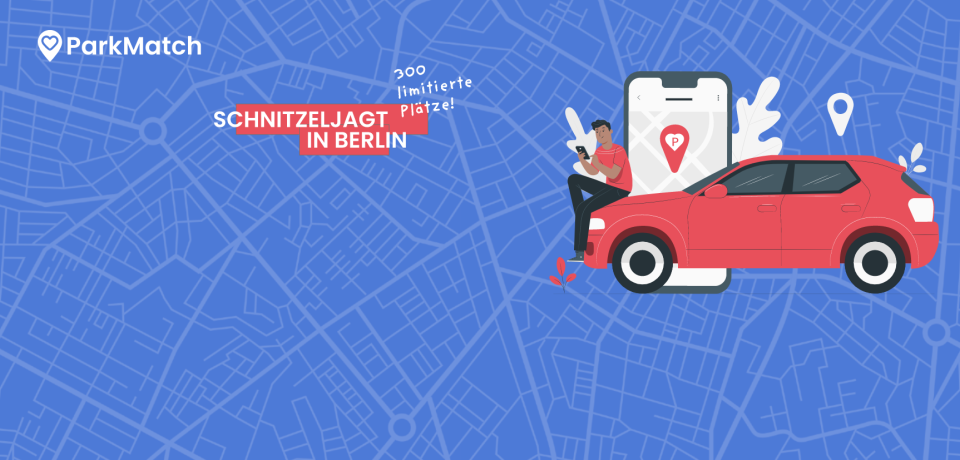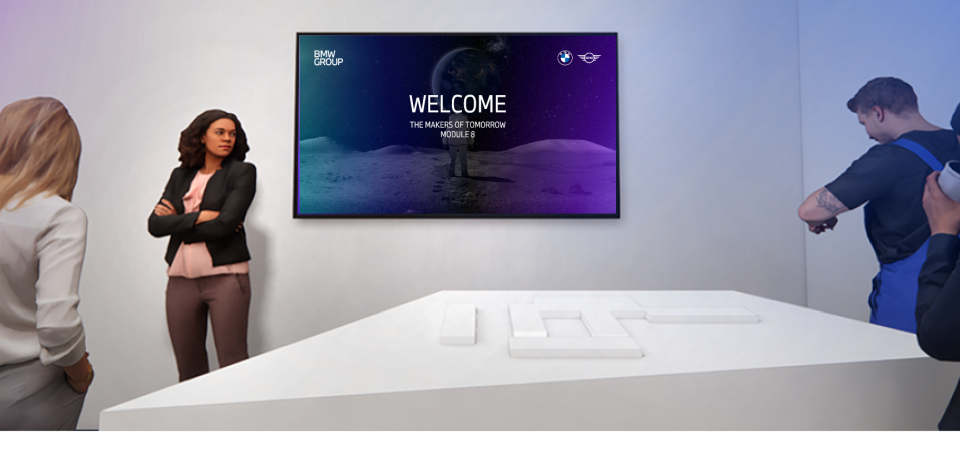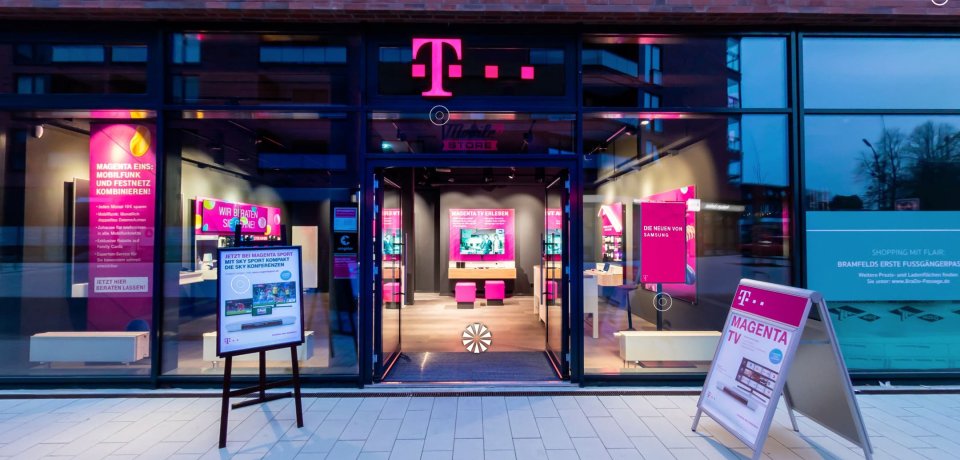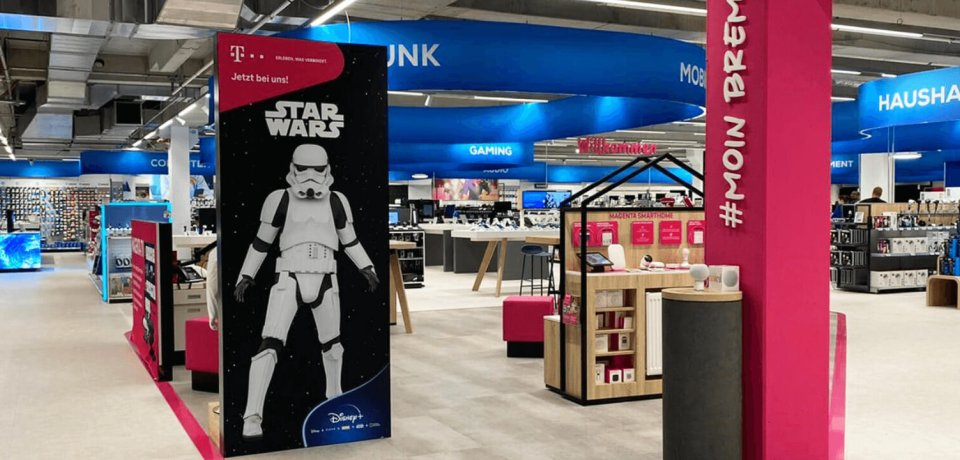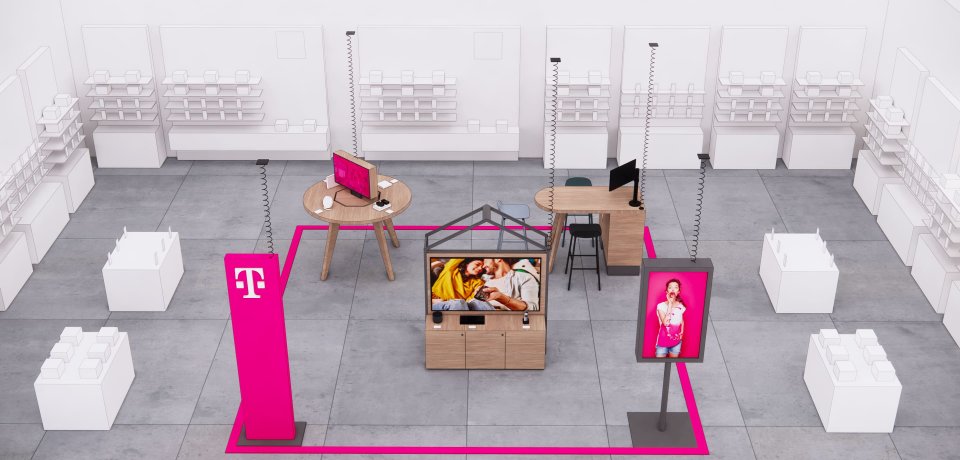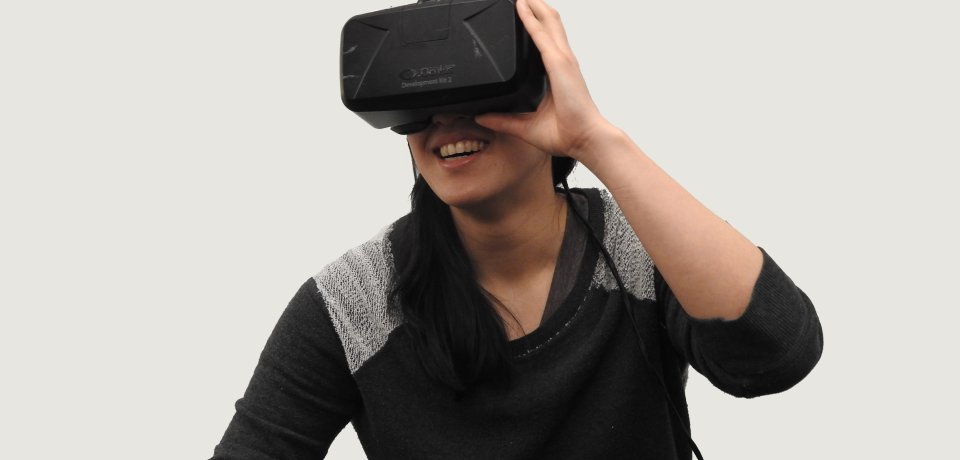By integrating a comprehensive strategy for physical and digital experience design, businesses can create a symbiotic relationship between their physical and digital presence. This approach ensures a consistent and immersive brand experience for customers, whether they are engaging with the brand in a physical store or a virtual environment, fostering brand loyalty and satisfaction across all touchpoints.
How do I address these challenges?
To tackle these challenges a holistic approach is essential. This involves a combination of strategic planning, innovative design thinking, and a customer-centric approach. Retailers need to adapt to market dynamics, invest in technology that enriches the shopping experience and create environments that meet the ever-changing needs and preferences of their target audience. Achieving this balance involves navigating the complexities of technological innovation while adhering to user-centric design principles, ensuring a seamless and rewarding experience in both the physical and digital domains.
Explore our offerings
Digital Experience Design
We stand for strong brands, good design, and optimal user experience.
This is how we create digital experiences with a WOW factor!
New Retail Territories
It's time to rethink retail: with innovative concepts and endless possibilities,
we transform brand experiences into digital worlds.
Physical Retail Design
Experience-oriented shopping redefined - we create unique concepts and innovative solutions
that take the physical retail space to the next level.

Retail Format Strategy
Develop a holistic retail format strategy that aligns with the brand's objectives and customer expectations.
Retail Space Design
Design physical spaces that are adaptable, considering the flexibility to accommodate changing trends and technologies.
Physical Brand Presence & In-Store Design
Establish a strong physical brand presence with consistent branding elements in both physical stores and digital platforms.

Physical Retail Rollout Support
Provide comprehensive support for physical retail rollouts, ensuring a consistent and high-quality experience across multiple locations.
Web 3.0 Strategy: Metaverse & 3D Showrooms
Develop a Web 3.0 strategy that explores opportunities in the metaverse, including the creation of 3D showrooms for virtual shopping experiences.
Virtual Shopping Experiences
Create virtual shopping experiences that seamlessly connect with physical stores, allowing users to explore products in a virtual environment before making a purchase.

CI Reinvention & Brand Design
Reinvent the corporate identity (CI) to reflect the brand's evolution and its commitment to a unified physical and digital customer experience.
Visual Design: Application & Interface Architecture
Implement a cohesive visual design language across both physical and digital interfaces.

The convergence of physical and digital customer experience (CX) design orchestrates seamless interactions, nurturing lasting connections and fostering brand loyalty, thereby shaping business success in an omni-channel world.
Here's a comprehensive approach:
- Develop an integrated design strategy that seamlessly combines physical and digital elements to create a unified brand experience.
- Ensure consistency in design language, branding, and user interface across both physical and digital touchpoints.
- Create an omnichannel approach that connects physical and digital experiences cohesively, allowing users to transition seamlessly between channels.
- Implement features like click-and-collect, unified loyalty programs, and consistent product information across all touchpoints.
- Identify and explore new retail territories, such as emerging markets, collaborations, or innovative partnerships.
- Experiment with new formats, like pop-up stores, kiosks, or unconventional retail spaces, to expand the brand's physical presence.
- Ensure a unified brand identity across all retail territories, establishing a consistent visual and messaging presence.
- Align digital and physical branding elements to create a cohesive brand image.
- Implement feedback loops for both physical and digital experiences, collecting insights from customer interactions in various retail territories.
- Use data analytics to assess performance and make iterative improvements to enhance the overall customer journey.
- Conduct in-depth user research to understand the preferences and behaviors of the target audience for both physical and digital interactions.
- Design experiences that prioritize user needs, preferences, and expectations in both the physical and digital realms.
- Leverage technology to enhance the in-store experience, such as interactive displays, smart shelves, and personalized recommendations.
- Implement digital tools for inventory management, order tracking, and seamless online transactions.
- Embrace digital innovation to enter new retail territories, including exploring e-commerce platforms, social commerce, or virtual marketplaces.
- Develop a strategy for engaging with customers in emerging digital spaces, like social media platforms or mobile apps.
- Design physical spaces that can adapt to diverse retail territories, considering cultural nuances and local preferences.
- Customize digital experiences based on the specific needs and behaviors of users in different regions.
By combining physical retail design, digital experience design, and a strategic approach to new retail territories, businesses can create a dynamic and adaptive ecosystem. This approach not only addresses the challenges of the present but also positions the brand for growth and innovation in the ever-evolving retail landscape.
Why rpc?
We overcome the hurdles of true customer centricity
of all customers value seamless customer experiences and are willing to pay more for them.
*Source: Forbes meta research, 2020
However, 70% of all transformation processes fail in their final stages.
*Source: McKinsey, 2019
With rpc you get access to an internationally
experienced network of experts...
> 430
international experts
> 13.500
process steps recorded and reported
> 800
tools and best practices, to guarantee sustainable change





